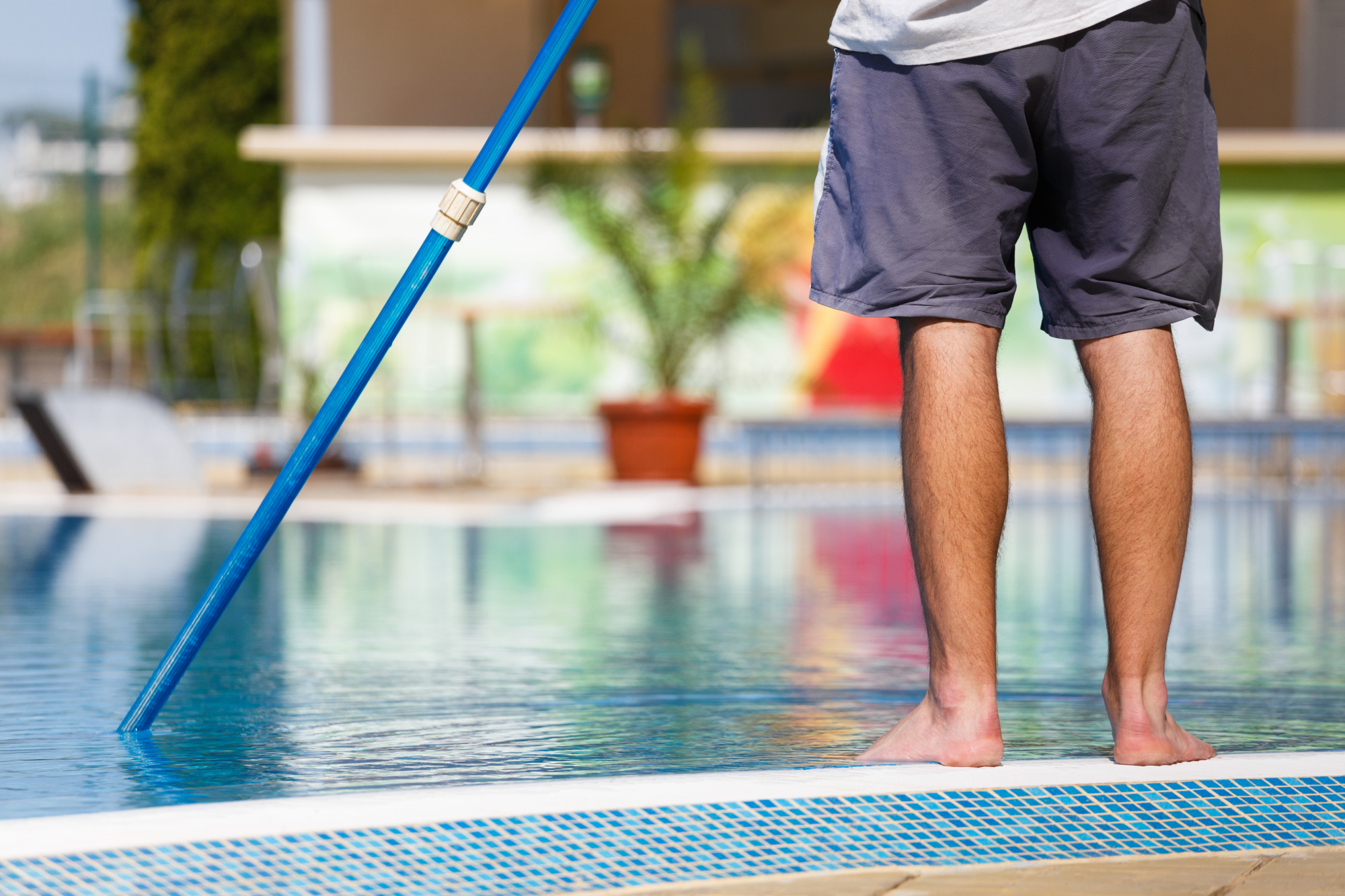Is it time to drain your pool? You’ve put this chore off for so long, but the time has come. It’s got to the point that you need to empty out the water.
It could be because the water needs replacing. Or it could be due to some repairs that need to take place. Perhaps a storm is coming, and you don’t want your backyard to flood.
Whatever the reason may be, you need to know how to drain a swimming pool properly. Getting it wrong could end up causing damage, and you’ll be up with more chores on your list. So make sure to follow this guide if you want to get back to splashing around in it quicker.
How to Drain a Swimming Pool That’s Above the Ground
Generally, draining an above ground pool is not recommended. Especially if it’s a vinyl one. There’s a strong chance that the liner can relax or shrink as the water is getting drained.
As you’re refilling it, the pool may rip or wrinkle during the process. If you’re changing the water due to algae or other types of conditions, you’re best to leave four to six inches inside it. Then clean the vinyl and treat the water before refilling it back up.
Draining a pool can be tricky as there is only one pipe that comes out and a separate hose returning to it. There’s also no main drain, so you’ll need to use your pool filter system to help lower the water levels.
You can use a submersible electric pump to help or a garden hose to siphon the water out. Make sure you’re releasing it as far away from the pool as possible. The last thing you want to do is saturate the ground beneath the pool.
You’ll need to monitor the draining process continuously. As soon as you’ve emptied as much as you can, you need to work fast to clean the inside of the pool. Then refill it as quickly as you can so the sun doesn’t damage the exterior.
How to Drain a Pool That’s In-Ground
Draining an in-ground pool is a lot easier, but the risks are the same. You still need to take care of the vinyl or fiberglass as they can get easily damaged. Concrete pools are a lot more stable, but you need to take care of the valves and relief plugs inside the main drain.
The easiest way to drain a pool is by using the pool filter pump. If you have skimmer valves and a separate main drain, close the valve and open up the drain.
Put the filter multiport valve to the recirculate position. Then turn on the pump and take out the backwash hose. You’ll need to keep an eye on the draining process to ensure it performs properly.
Once you hear the drain attempting to suck air, use a smaller pump to get the last of the water out. Alternatively, if you have a skimmer with a hole in its bottom, you can plug the top of it using an expansion plug.
If this method isn’t working or your in-ground pool has a different setup, then you can empty it in other ways. You can purchase a submersible pump that can get the job done in a day.
Another option is gas-powered trash pumps. They’re a little more expensive but are available for rent. They can complete this chore in around two hours and are perfect for pools full of solids and nasty clumps.
When Is the Best Time to Drain Pool Water
If you’re determined to drain water for a pool, then you need to pick the right time to complete the task. There are certain conditions that make it an ideal time to do it, whilst other times may end up causing more problems for your pool.
You should always avoid draining a pool any time before, during, or after storms or flooding. These events raise the water levels, meaning you’re either going to have more to drain. This will flood your backyard and could impact the supporting structure of the pool.
It’s also important to not leave the pool drained for too long. So if you have to perform repairs, you need to be ready to go the second the process gets completed. Try to create a timetable so you know how much time you need before you can fill it up again.
Lastly, temperature makes a big difference as to when you should drain pool water. Exposure to cold air can damage the surfaces of the pool. Extremely hot temperatures will also crack fiberglass if it’s left dry for too long.
It’s best to plan ahead with the weather and aim for a day that’s going to be between 55 and 85 degrees Fahrenheit. If it’s outside of this range, then pick another chore on your list to complete.
Does Your Pool Need an Upgrade?
Understanding how to drain a swimming pool properly takes skill and expertise. It’s also reliant on factors outside of your control, such as the weather. If you’re determined to tackle this task on your own, it’s important to follow every step in this guide and complete it as quickly as possible.
If you find your pool is beyond repair, then it might be time to upgrade. We offer a range of custom pool options that will enhance your backyard to brand new heights. Get a free consultation today and find out how we can bring your pool fantasy to life.




